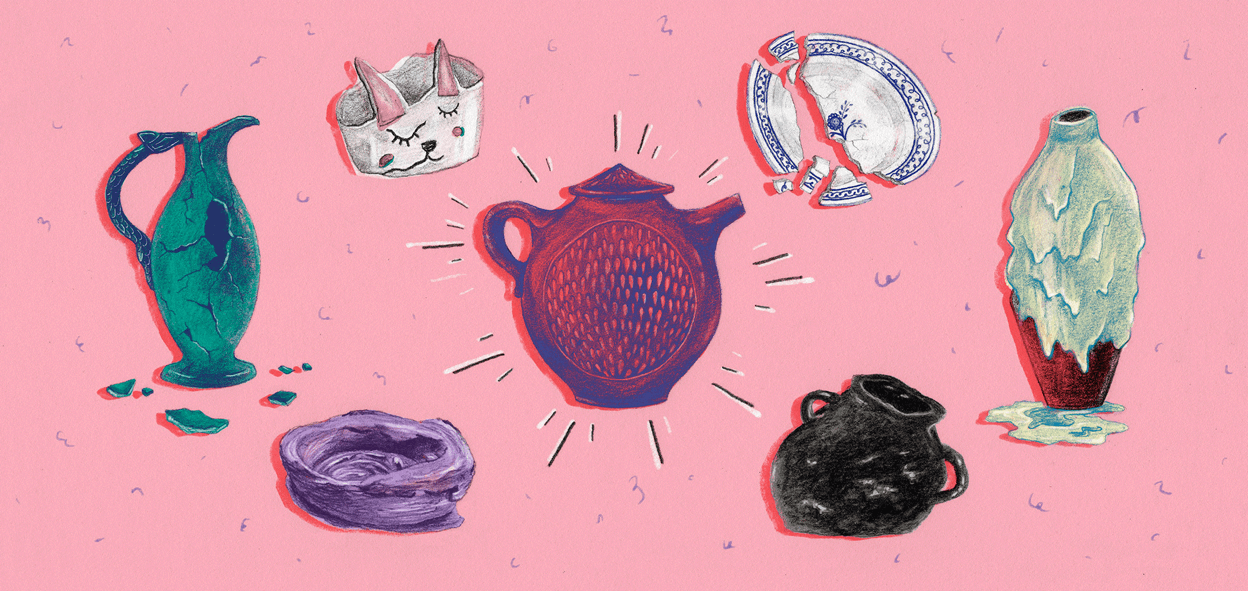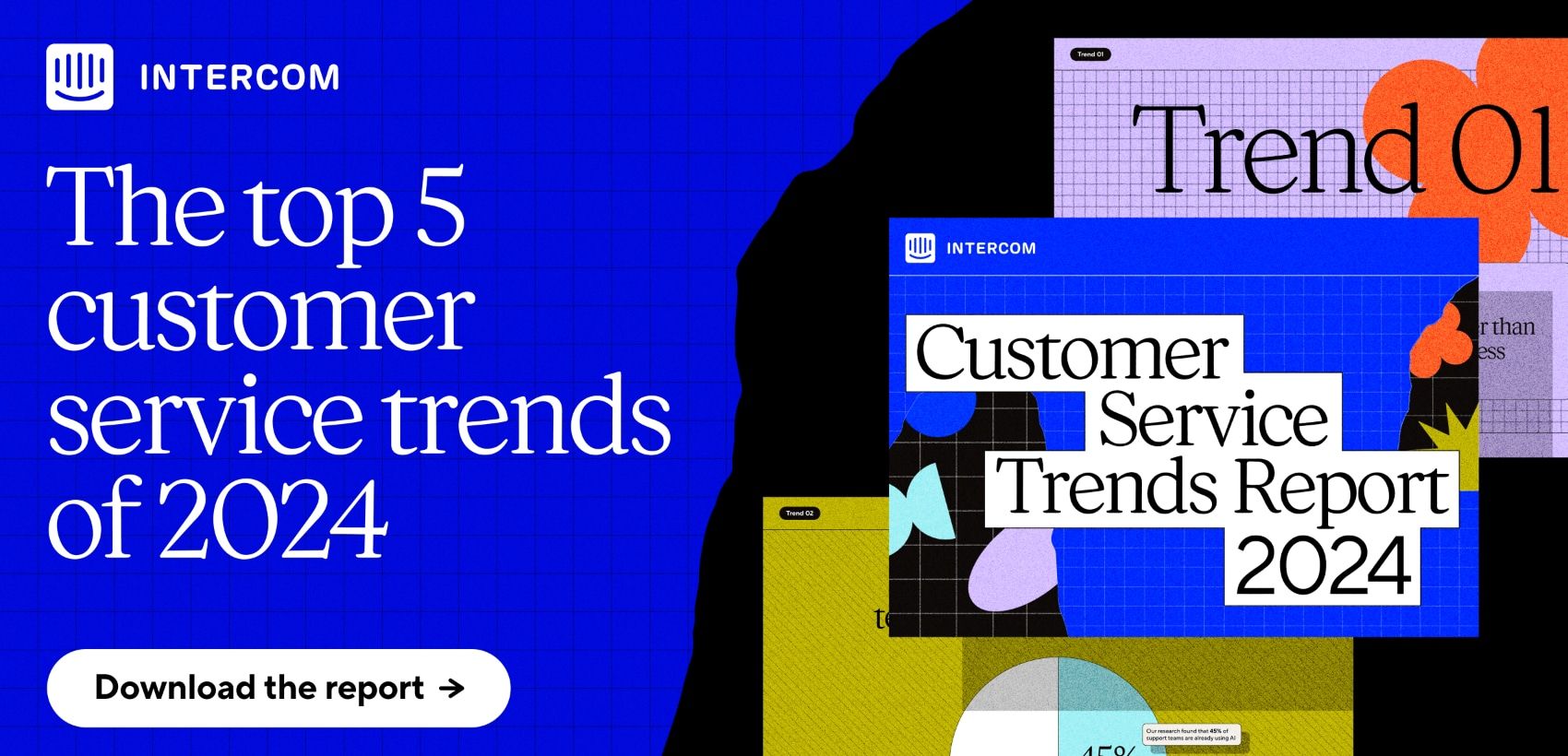
How to make product improvements to existing products
Main illustration: Chrissy Curtin
Kaizen is the philosophy of continuous improvement. Web businesses searching for product market fit think they can follow this philosophy just by shipping code.
But shipping code doesn’t mean that you’re making any significant product improvements. Similarly you can make undeniable improvements to parts of your product and get no response or appreciation for it. It all comes down to the type of improvements you’re making.
What is product improvement?
Product improvement is the process of making meaningful product changes that result in new customers or increased benefits realized by existing customers. The two most popular ways to make product improvements are to add new product features or improve existing ones.
Adding new features
New features are risky. You have to be very confident they will be valued.
Adding new features expands the scope of the existing product, often making a big marketing splash, getting a version bump, and resulting in some press releases. Often the fanfare attracts new customers and new use cases for the product. Typically, new features are the only improvements that outsiders (i.e. non-customers) will ever hear about.
New features are risky. You have to be very confident they will be valued, as they’re like children; you have to love them and support them no matter what.
Ask your customers “Would you like a [Calendar|TimeTracker|Gantt Chart]?” and they’ll reply yes. It’s a one-way “something or nothing” offer. They haven’t had to make a trade-off between competing priorities. This leads to customers saying they want stuff that they don’t really want.
Asking your customers “Would you rather that we made the product much faster, or that we added more labelling features?” and you’ll get a different answer. Everyone values speed.
Improving existing features
You can improve an existing feature in three different ways: you can make it better (deliberate improvement), you can change it so customers use it more often (frequency improvement), or you can change it so more people can use it (adoption improvement).

Not all improvements will be appreciated by all users
1. Deliberate improvements
Make deliberate improvements when you know why customers use an existing feature and what they appreciate about it. A deliberate improvement seeks only to make the feature better in ways that will be appreciated by the current users.
Use when: There is a feature that all your customers use and like, and you see opportunity to add significant value to it.
2. Frequency improvements
These are improvements you make to get a customer to use the feature more often. Adding more items to an activity feed, or more options to a search tool means that people read it more often, or use it for more tasks each day. This type of improvement can turn a once-a-week feature into an everyday feature.
Use when: There is a feature that the majority of your customers use infrequently, and you believe they would benefit from using it more.
3. Adoption improvements
Adoption improvements target customers who don’t use a feature. For example, if you have a calendar feature that only half of your user base is using, an adoption improvement aims to win over the remainder. By adding ICS file import or a Google Calendar connection, you don’t improve it for all users…but you make it more likely that the non-consumers will now adopt it. When you hear phrases like “I’ll use this as soon I can...”, then an adoption improvement might help.
Use when: There is an important feature that a good chunk of your users have yet to adopt, and you see some obvious integrations or changes that will make it easier for them to get on board.
I write about the different ways you can improve your application to make a point. Not all improvements will be appreciated by all users, and it’s important to understand where the opportunities for real improvements are within your product.
Product improvement examples at Intercom
To make these types of product improvements even more concrete, let’s talk about what we’ve improved in Intercom over the years and why.
1. New message types
Awhile back, Intercom’s message style was a pop-up to start a conversation.

There are times when that doesn’t cut it, for example, if you:
- Want to send a message, not start a conversation.
- Don’t want to interrupt your user.
- Want to send a rich message with images, etc.
The effect of this was that not all of our customers were using in-app messaging, and those that were, weren’t using it for everything. We added notifications (Growl-style pop-ups shown above) and announcements (large pop-ups without reply) to address this. This is an example of an adoption improvement.
2. New results view
With all these new messages being sent, we wanted to give our customers an easy way to see how effective each message is at driving replies or click throughs. This led to a re-design of our message results view, to put this information visible anywhere a message is. This is an example of a deliberate improvement.

3. New filtering
Filtering is how our customers discover who is using their product and how. Our previous filter didn’t scale for complex queries or for large amounts of data. In addition, there were far too many clicks involved in simple, frequent queries. To solve this we re-designed and re-positioned filters as shown below. Most common queries are much quicker, and more complex ones are far easier to configure. This is an example of a frequency improvement.

4. User notes
Large teams with large user bases need some way to share customer insights that come out of calls, customer development meetings, meet-ups and other offline activities. Tagging users is great for sharing one discrete piece of knowledge (e.g. “wants Android App”. But for telling a story with context, notes are far better. This is an example of a new feature.

Continuous product improvement
In their early years startups have advantages over the incumbents. They can move quicker and adapt faster, without as much technical debt, legacy features, compatibility issues, or big value customers restricting their movement. Often this speed and agility can cause start-ups to pivot like headless chickens, rather than focusing on improving their product in meaningful ways. To truly adhere to Kaizen, product managers need to balance two goals: firstly, find improvements that will benefit the business and its customers, and secondly, ensure that these improvements don’t get lost on a whiteboard somewhere and actually make it out the door.
Because if there’s one thing that’s ultimately true for startups, it’s this: “If you’re not shipping, you’re dead.” Just make sure what you ship brings you new customers or deeper appreciation of your current ones.









